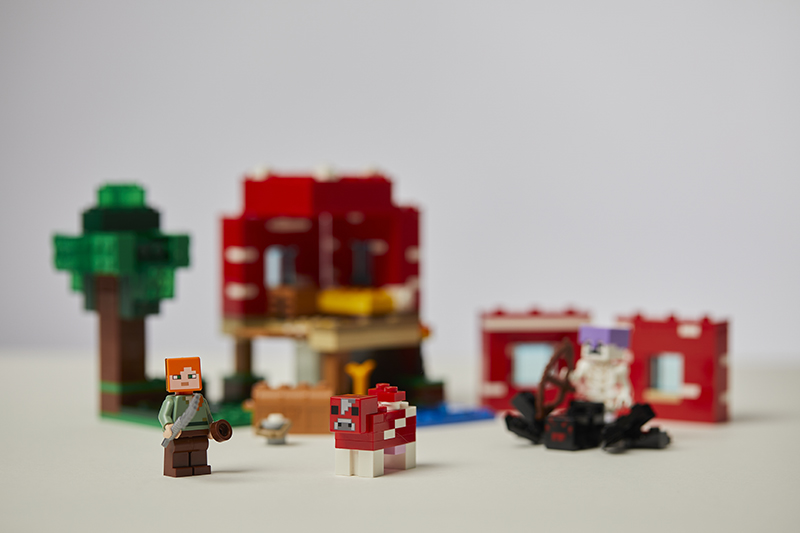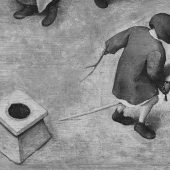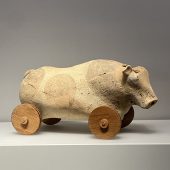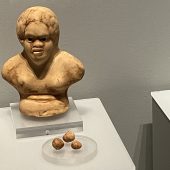I write in Toy Theory that play with construction toy sets (LEGO, Meccano, etc.) “collapses design and construction: the child is at once building an architectural model and a building or city in simulacral form”.
The notion of toys as paradigmatically simulacral at once finds purchase in the ambiguity of the model and sets up a tension with it. The simulacrum and the model have distinct temporal connotations: the former, in its popular sense, is a copy of something (even if that something doesn’t exist), it comes after. The model is a plan for something (even if that something is never realised). Like the tabletop wargame, construction sets are models in two significant and temporally or causally distinct senses: in the sense of a representation or depiction of contemporaneous or historical phenomena (historic battles, actual cityscapes); and in the sense of a design or plan for a future instantiation (a strategy, a blueprint).
The temporality shifts from a starting point of the copying of something that exists, that is actual, into the modelling of something that does not yet (and may never) exist. As with everything toyetic these are not exhaustive or mutually exclusive categories. The architect’s model or blueprint might be an instrumental plan for a soon to be realised structure, or it might be a speculative design, a plastic thought experiment never to be built but rather to open up discussion and imaginative engagement with possible utopian futures. On the bedroom floor we see the child’s construction, modelling something that ostensibly exists (a house, a castle, a bus) but which is likely to be a type rather than a faithful copy of a specific structure or vehicle (a castle say, but not a model of any particular castle) or a more fantastical extrapolation of features of fortified buildings drawn from direct experience and media images. In both cases – the castle-constructing and the speculative design – it is the modelling and the model themselves that are salient, not a source to be copied or a potential building to be realised.
They are ‘copies without an original,’ or perhaps ‘models without a future.’ Just as I argue that to ask what any particular simulation is a simulation of is not the most interesting question, here the question is not what the construction toy models, but what is the nature of the model in its own right, in the processes of its modelling and the imaginative uses to which it is put in moments of play. A microcosmic plan for fantastical structures and events that have never existed (until now) and will never exist again (in a few minutes).
(LEGO Minecraft photo: Dave Gibbons)




